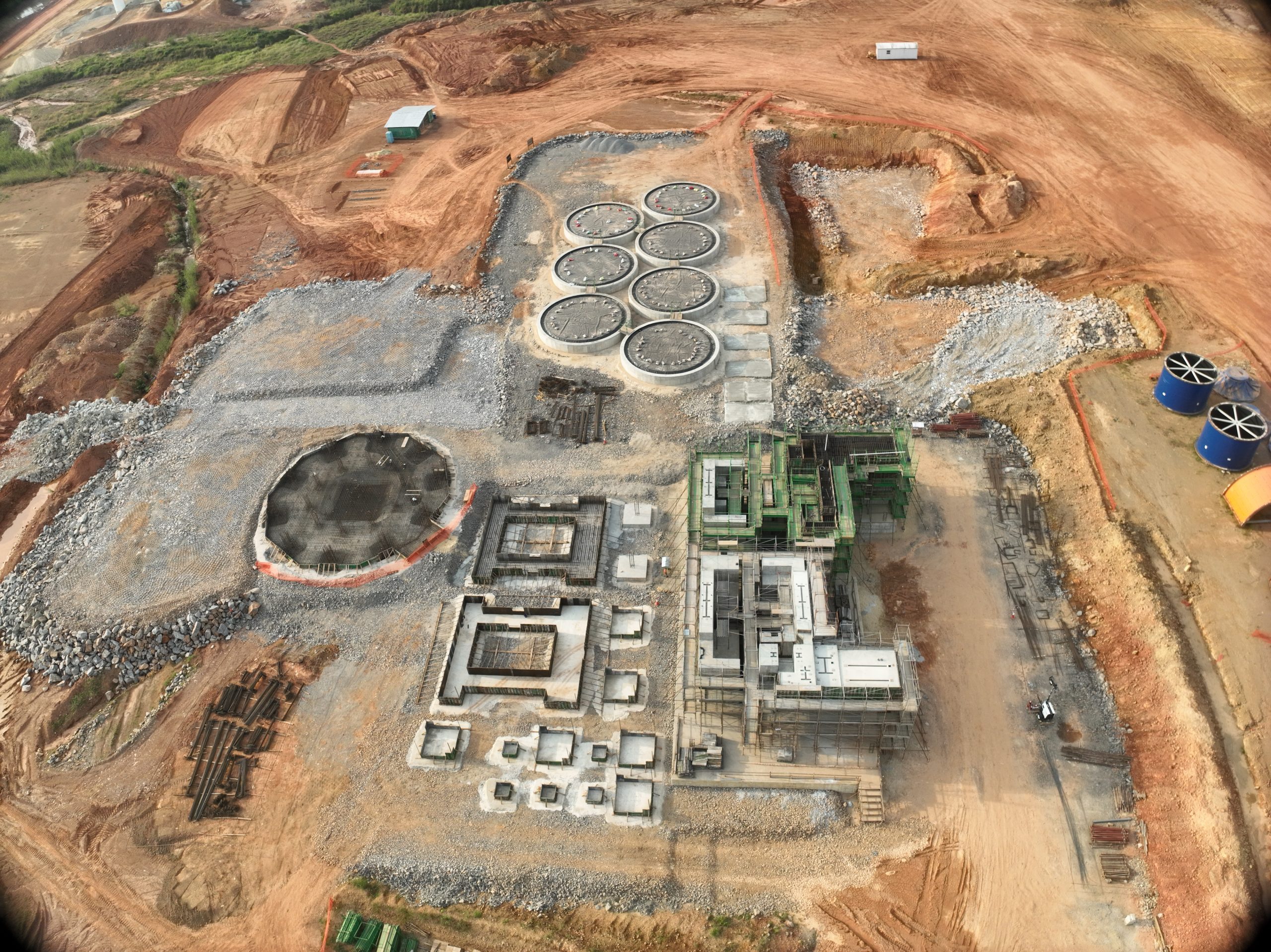
Thursday 14th August 2025

Par inAfrika Reporter
Just after sunrise in Morogoro, a miller thumbs through purchase orders that didn’t exist two seasons ago. His working capital line arrived in time to secure maize from smallholders; POS terminals helped him pay on delivery; and a simple overdraft bridged the awkward gap between supply, processing, and sales. It’s an unglamorous scene, but it’s the kind of engine Mwanga Hakika Bank (MHB) is wiring into Tanzania’s economy—one agro-processor, one distributor, one market-woman at a time. The bank’s identity was shaped in 2020, when three specialist lenders—Mwanga Community Bank, Hakika Microfinance Bank and EFC Tanzania Microfinance Bank—merged into a single commercial bank with the breadth to serve individuals, MSMEs and corporates without losing the intimacy of local banking.
2025 Momentum: Profits and Portfolios Built on the “Real” Economy
MHB closed 2024 with a headline that matters in a mid-tier context: net profit up 53%, from TZS 6.5 billion in 2023 to TZS 9.9 billion in 2024. For a readership that tracks the sector closely, that’s more than a tidy year; it’s a signal that the bank is pricing risk sensibly, growing non-funded income, and scaling without bloat. Public reporting in early May 2025 underlined the same point: disciplined growth across the balance sheet with improving shareholder metrics. Meanwhile, The Citizen’s February 2025 supplement put more texture on the numbers: profit-before-tax at TZS 15 billion in 2024 (up from TZS 10 billion) and total assets at TZS 324 billion, a 56.6% surge year-on-year—evidence that earnings were backed by real expansion in business activity, not just accounting luck.
Those figures are easier to believe when you examine the plumbing of the portfolio. The bank tilts toward cash-generating activity—traders who turn inventory quickly; processors who can point to offtake; logistics firms whose receivables cycles are predictable. That mix keeps duration honest and exposes the bank to the heartbeat of East African commerce. Importantly, it’s also where credit discipline is tested daily: seasonality, lumpy payments, and the occasional shock. The 2024–2025 run-rate suggests MHB has been managing those realities without overheating, which is why its profit trajectory is attracting regional attention as a case study in “boringly good” banking—steady, repeatable, and close to the real economy.
Cashflow Tools that Meet Traders Where They Trade
If one product captures MHB’s posture in 2024–2025, it’s the Fursa Loan—a small-business facility with simpler collateral, faster onboarding, and repayment schedules that track cashflow. Launched in May 2024, Fursa was framed explicitly as a financial-inclusion tool for marginalized small owners. For the countless “in-between” operators—formal enough for ledgers, informal enough to be locked out of classic collateral—it answers the question that often kills growth: “Can I buy tomorrow’s stock today without mortgaging my future?”
Speed matters just as much as price. Fursa is processed at branch level with shorter turnaround, complemented by the bank’s broader MSME suite: working-capital lines for distributors, invoice/PO finance to smooth receivables, and asset finance that aligns payments with the useful life of equipment. The hybrid delivery model is deliberate—digital rails for reach and speed; relationship managers for judgment and accountability. That blend lets MHB process volume without losing the “why” behind each loan. The bank’s own news flow across 2024–2025 reinforces this message—steady operating updates, disclosures around financials, and a drumbeat of customer-facing activations that move the needle on adoption.
And the bank shows up where Tanzanians actually do business. At Nane Nane 2025—the national agriculture fair—MHB set up on the ground with growers, off-takers and input suppliers. Skeptics hear “optics.” Traders hear “context”: harvest timetables, transport risk and who eats the cost when a shipment slips. Proximity is not a slogan; it’s an underwriting advantage. The bank’s social updates from the fair captured a practical intent: meet the farmer, meet the processor, then design or price a facility that works with their seasons, not against them.
Why It Matters Beyond Tanzania
What happens when a Mwanza fish processor shortens receivables from 45 to 25 days? Or when a Dar-based logistics SME can turn over trucks on predictable financing? Cross-border trade works better. MSME balance sheets with less timing stress are more willing to sell into Kenya, Rwanda and Uganda; distributors across the borders are more comfortable paying Tanzanian partners who can keep promises. In other words, integration becomes less about speeches and more about micro-efficiency and credit plumbing that make regional commerce routine—fewer friction points at the level where commerce really lives.
Looking ahead to 2025/26, three moves will bear watching. First, deeper agrifinance, tied to offtaker contracts and warehouse receipt systems—collateral you can see and sell is collateral you can underwrite. Second, supply-chain bundles that stitch together payments, inventory finance and insurance, lowering transaction costs for SMEs that already trade beyond Tanzania’s borders. Third, corridor services—cross-border collections, simple FX, and light-touch trade documentation—so a Moshi exporter doesn’t need three providers to complete one sale. The art will be to scale those offers without losing discipline. But if 2024 was the year profits proved the thesis, 2025 is the year to compound it—by staying close to the builders who keep East Africa’s markets moving.


